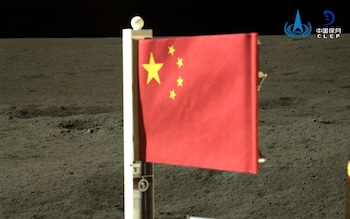 The Chinese flag flies for the first time on the far side of the moon. Photo: Jin Liwan
The Chinese flag flies for the first time on the far side of the moon. Photo: Jin Liwan
China National Space Administration (CNSA). ) described the achievement as «an unprecedented feat in the history of human exploration of the Moon.»
«The mission survived the test of high temperatures on the far side of the Moon,» CNSA added.
The module landed on Sunday at the Moon's vast South Pole — Aitken Basin, one of the largest known impact craters in the Solar System.
The probe's technically challenging 53-day mission began on May 3.
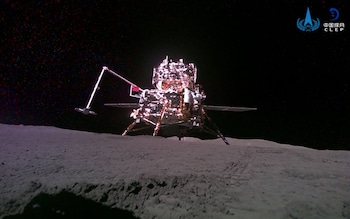 The combination lander and ascent vehicle of the Chang'e-6 probe awaits liftoff from the lunar surface. Photo: Jin Liwan
The combination lander and ascent vehicle of the Chang'e-6 probe awaits liftoff from the lunar surface. Photo: Jin Liwan 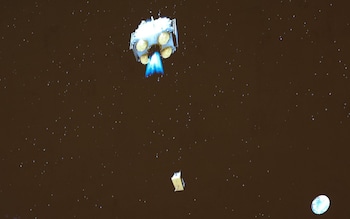 Transporting samples from the far side of the Moon, the ascending vehicle takes off towards the Earth. Photo: Xinhua/Alamy Live News
Transporting samples from the far side of the Moon, the ascending vehicle takes off towards the Earth. Photo: Xinhua/Alamy Live News
Chang'e 6 has two sample collection methods: a drill to collect material below the surface and a robotic arm to collect samples. capture samples above the surface.
Scientists say the dark side of the Moon, so named because it is invisible from Earth, holds great promise for exploration because its craters are less covered by ancient lava flows than the near side.
The material is collected from the far side. may shed better light on how the Moon was formed.
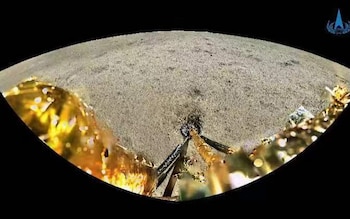 Panoramic camera attached to Chang' e-6 sends a general view of the lunar surface. Photo: China National Space Administration/AFP via Getty Images
Panoramic camera attached to Chang' e-6 sends a general view of the lunar surface. Photo: China National Space Administration/AFP via Getty Images 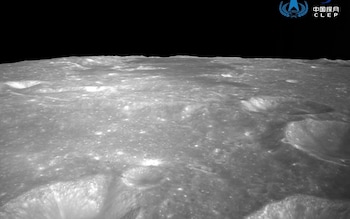 The camera also took some pictures of some of the Moon's craters. Photo: China National Space Administration/AFP via Getty Images
The camera also took some pictures of some of the Moon's craters. Photo: China National Space Administration/AFP via Getty Images
Beijing has poured huge resources into its space program over the past decade to close the gap with the two traditional space technologies. powers, the United States and Russia.
He achieved several notable achievements. Beijing has landed robotic rovers on Mars and the Moon, and China is only the third country to independently launch humans into orbit.
















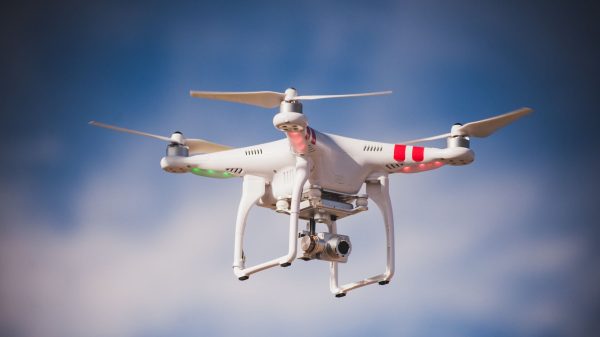
































Свежие комментарии